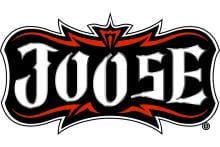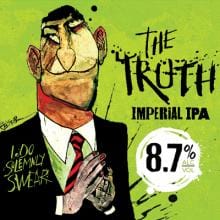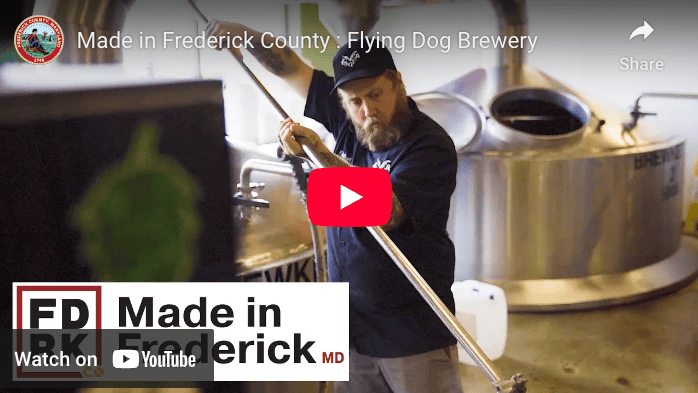Delivering Quality Beverages Across the Valley
We're a beverage wholesaler proudly serving Southwest Virginia with top beer brands, unmatched customer service, and community spirit since 1974.
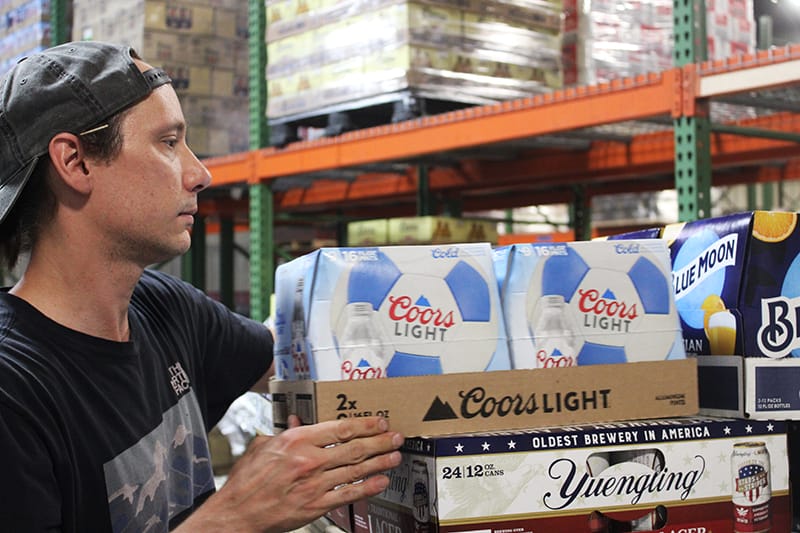
Our Commitment to Quality and Service
With over 51 years of experience, we pride ourselves on delivering exceptional service and quality products. Our family-owned business is dedicated to building lasting relationships with our partners.
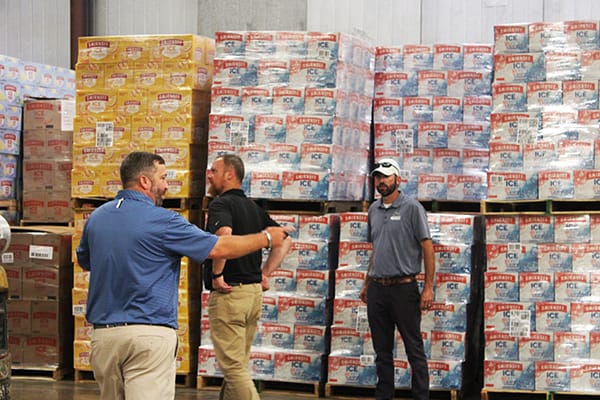
Outstanding Service
We prioritize our customers' needs and satisfaction.

Community Focus
Our connections with local businesses strengthen our community.
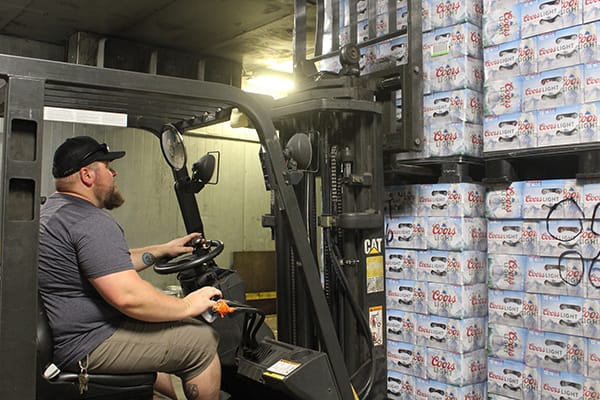
Reliable Distribution
Count on us for reliable distribution and support.
Explore Our Beverage Selection
Discover the finest brands we distribute and connect with us for your beverage needs.

Feature Products
Explore the latest additions —from seasonal brews to exciting new brands hitting the shelves.
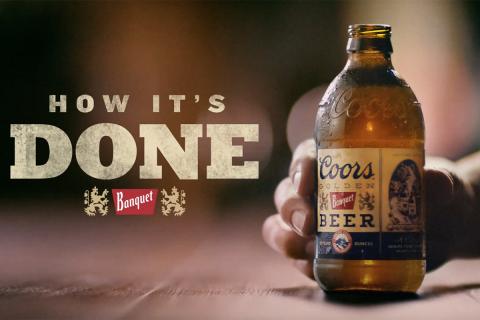
Coors Banquet
Coors Banquet is fiercely loyal. To a way of life, to a way of doing things. And it's been that way for generations. So, take a step back, open a beer that does not compromise, and savor the flavor, slowly.
That's how its done!
Featured Content
The commercial that can't be seen (yet)
Chill like you're retired!
Have you been pouring your Guinness wrong?
We Are Hiring
Discover your potential with us today!

Stay Updated with Valley Distributing
Subscribe to receive updates and alerts about local events in our community.

